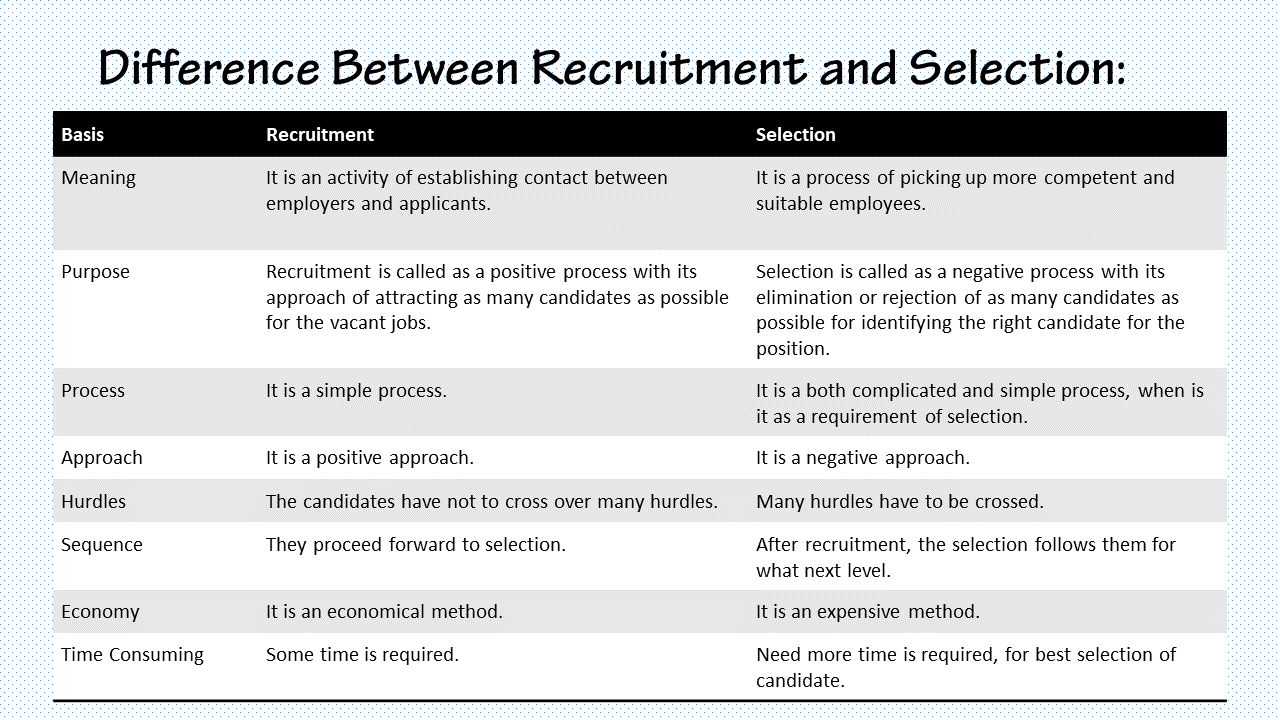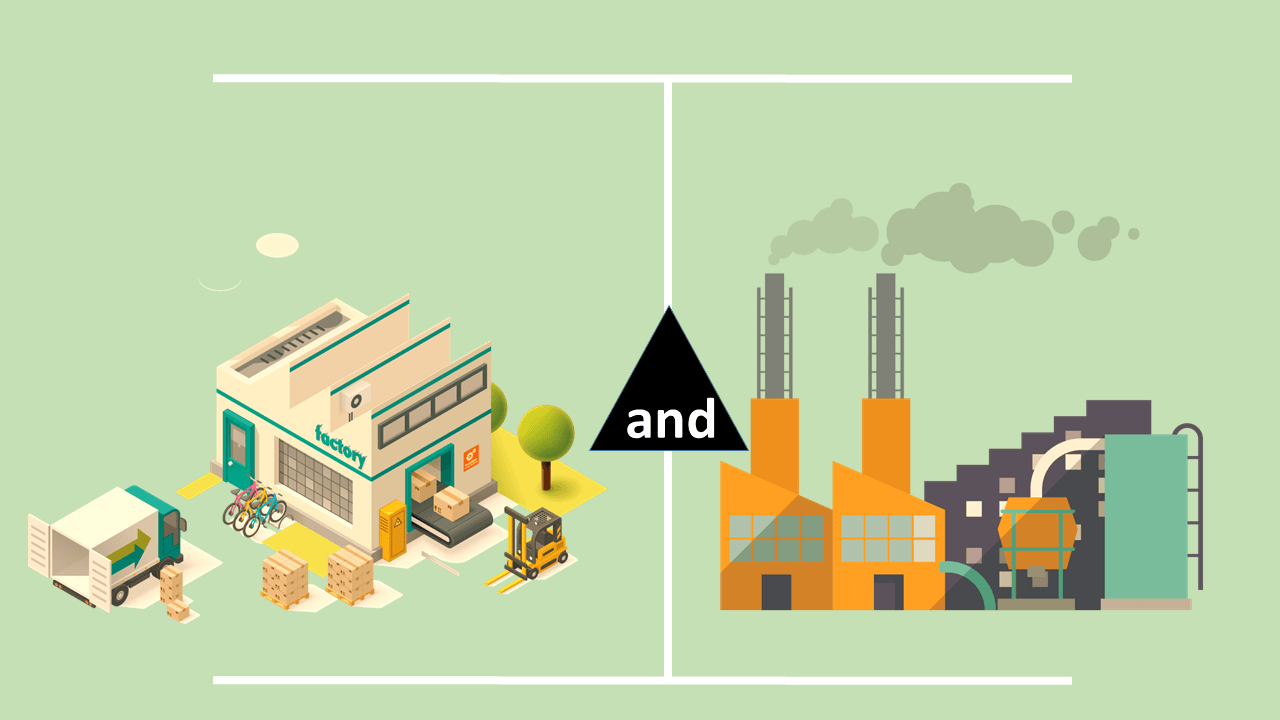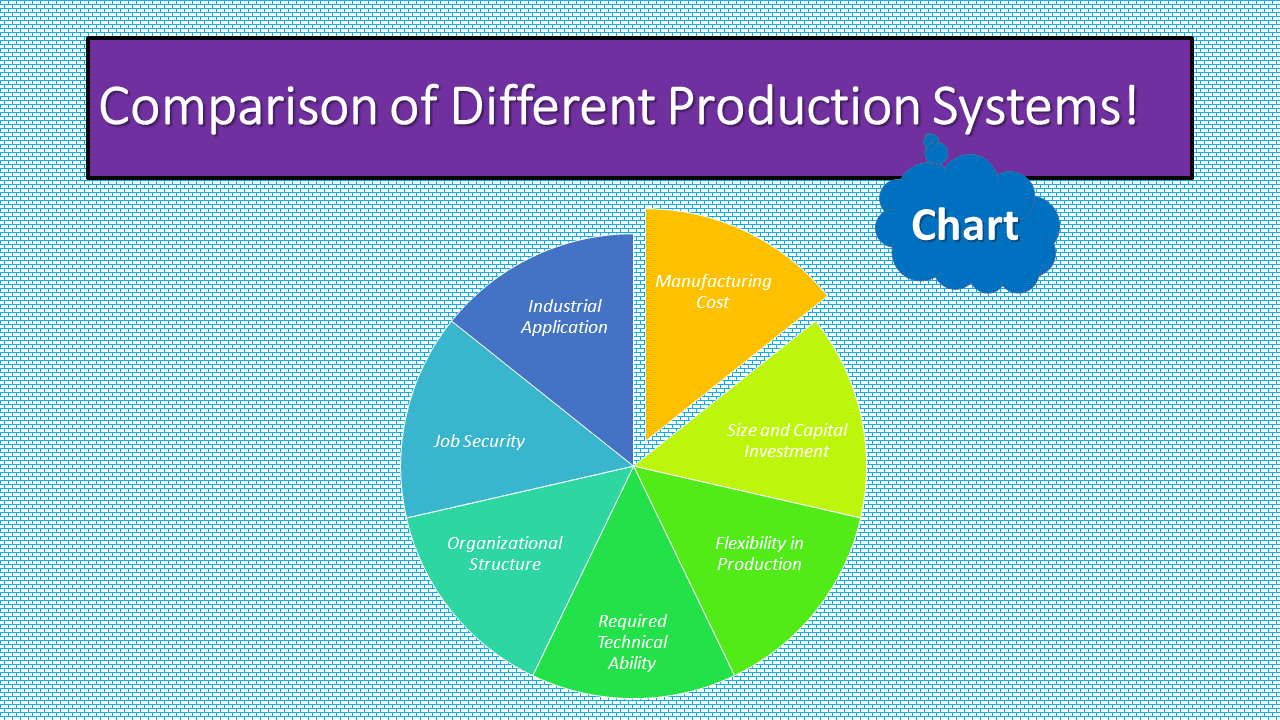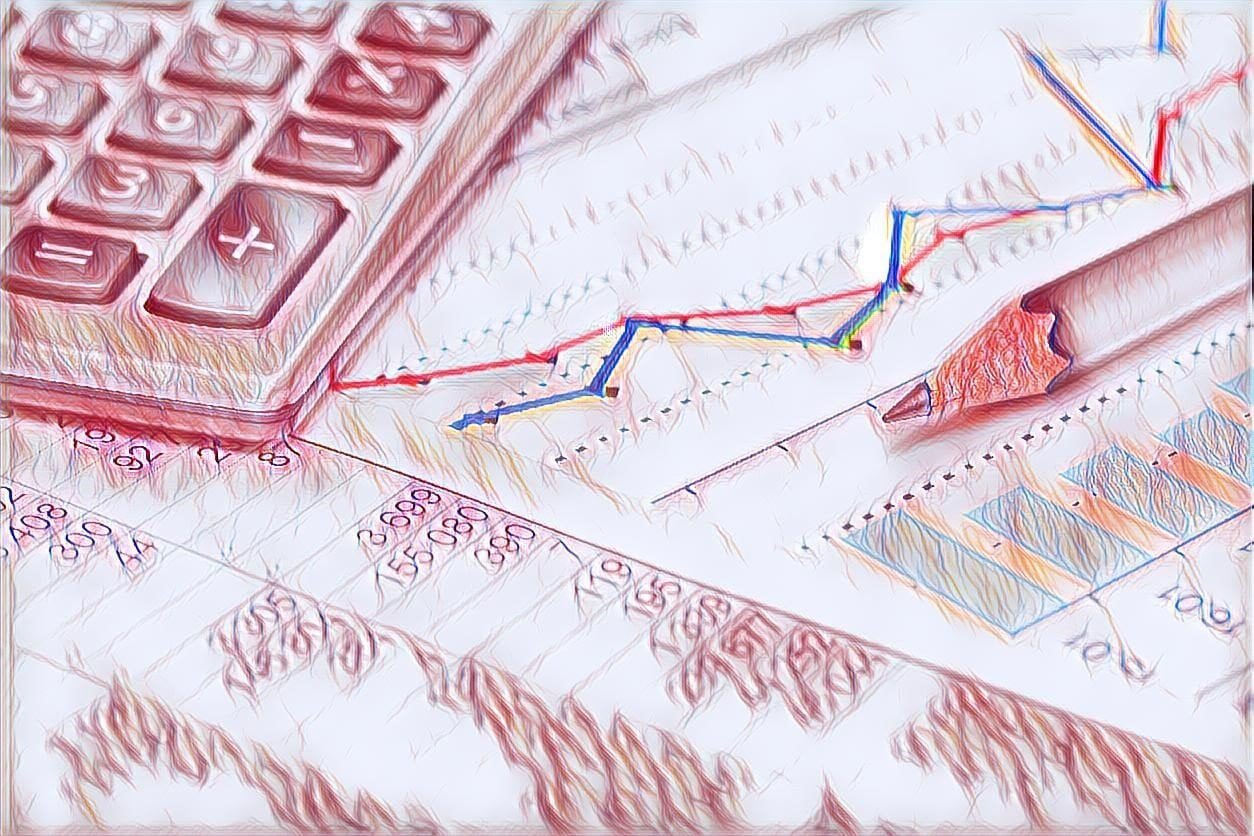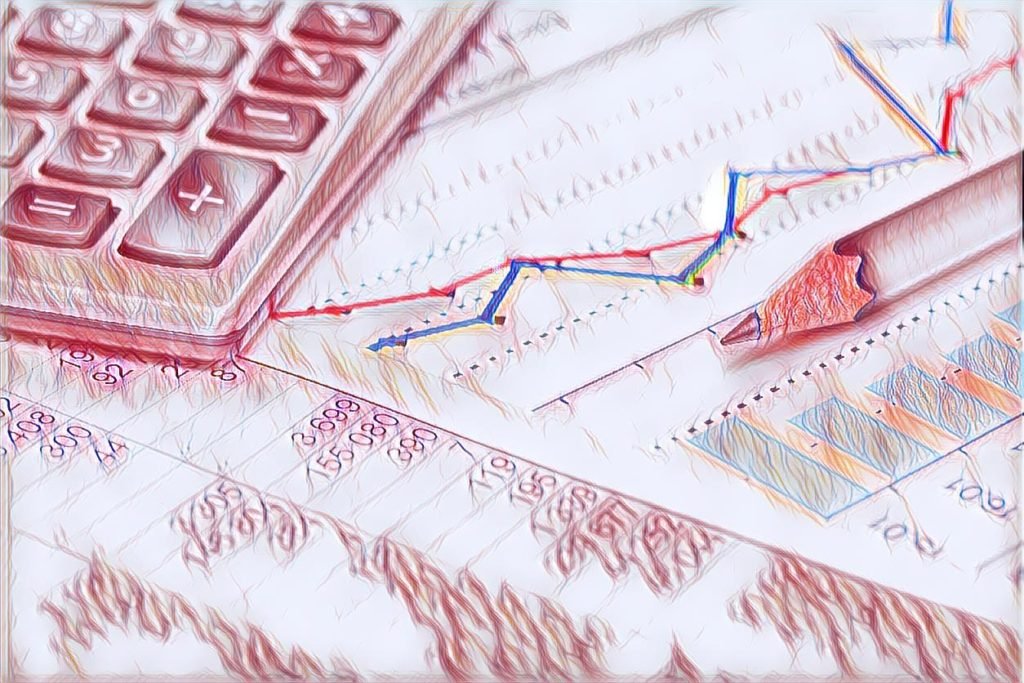Explore our comprehensive guide on the different types of WiFi networks, including Infrastructure, Ad-Hoc, and Wireless Distribution Systems. Understand their characteristics, use cases, and essential security protocols to ensure reliable and secure connectivity in today’s digital age.
Understanding the Different Types of WiFi Networks: A Comprehensive Guide
In today’s digital age, WiFi networks have become essential to our daily lives. They enable us to stay connected, work remotely, and access abundant information at our fingertips. However, not all WiFi networks are created equal. This article will explore the different types of WiFi networks, their characteristics, and their use cases.
I. Introduction
WiFi, or Wireless Fidelity, is a wireless networking technology that uses radio waves to provide wireless high-speed internet connections. With the increasing demand for wireless connectivity, various types of WiFi networks have emerged, each with its unique features and capabilities.
II. Infrastructure WiFi Networks
Infrastructure WiFi networks are the most common type of WiFi network. They consist of a central access point (AP) that communicates with wireless clients, such as laptops, smartphones, and tablets. The AP connected to a wired network, providing internet access to wireless clients. There are two types of infrastructure WiFi networks: Basic Service Set (BSS) and Extended Service Set (ESS).
A. Basic Service Set (BSS)
A Basic Service Set (BSS) is a single access point that communicates with wireless clients within its coverage area. BSSs are often used in small offices, homes, and other environments where a single access point is sufficient.
B. Extended Service Set (ESS)
An Extended Service Set (ESS) is a network of two or more access points that communicate with each other to provide wider coverage and redundancy. ESSs are often used in large offices, campuses, and other environments where a single access point cannot provide sufficient coverage.
III. Ad-Hoc WiFi Networks
Ad-hoc WiFi networks, also known as peer-to-peer networks, do not rely on a central access point. Instead, wireless clients communicate directly with each other, creating a self-contained network. Ad-hoc WiFi networks often used for temporary connections between devices, such as file sharing or gaming.
IV. Wireless Distribution System (WDS)
A Wireless Distribution System (WDS) is a type of WiFi network that allows multiple access points to communicate with each other wirelessly. WDS is often used in large deployments where it is not feasible to run wired connections between access points.
V. Security Considerations
Security is a critical consideration for WiFi networks. Several types of security protocols can used to protect WiFi networks:
A. Wired Equivalent Privacy (WEP)
Wired Equivalent Privacy (WEP) is an early security protocol that provides basic encryption for WiFi networks. However, WEP has been largely superseded by more secure protocols.
B. WiFi Protected Access (WPA)
WiFi Protected Access (WPA) is a more secure security protocol that uses stronger encryption than WEP. WPA has two versions: WPA and WPA2.
C. WiFi Protected Setup (WPS)
WiFi Protected Setup (WPS) is a technology that enables users to easily connect wireless clients to a WiFi network. However, WPS has been found to have several security vulnerabilities.
VI. Conclusion
Understanding the different types of WiFi networks is essential for businesses and individuals looking to deploy WiFi networks. Infrastructure WiFi networks are the most common type of WiFi network, while ad-hoc WiFi networks and Wireless Distribution Systems (WDS) used for specific use cases. Security is a critical consideration for WiFi networks, with several security protocols available to protect WiFi networks.
By selecting the appropriate type of WiFi network and implementing appropriate security measures, businesses and individuals can ensure reliable and secure wireless connectivity for their users.
Table: Types of WiFi Networks
| Type of WiFi Network | Description | Use Cases |
|---|---|---|
| Infrastructure WiFi | A central access point that communicates with wireless clients | Small offices, homes, large offices, campuses |
| Ad-hoc WiFi | Wireless clients communicate directly with each other | File sharing, gaming |
| Wireless Distribution System (WDS) | Multiple access points communicate with each other wirelessly | Large deployments |
List: Security Protocols for WiFi Networks
- Wired Equivalent Privacy (WEP)
- WiFi Protected Access (WPA)
- WPA
- WPA2
- WiFi Protected Setup (WPS)







